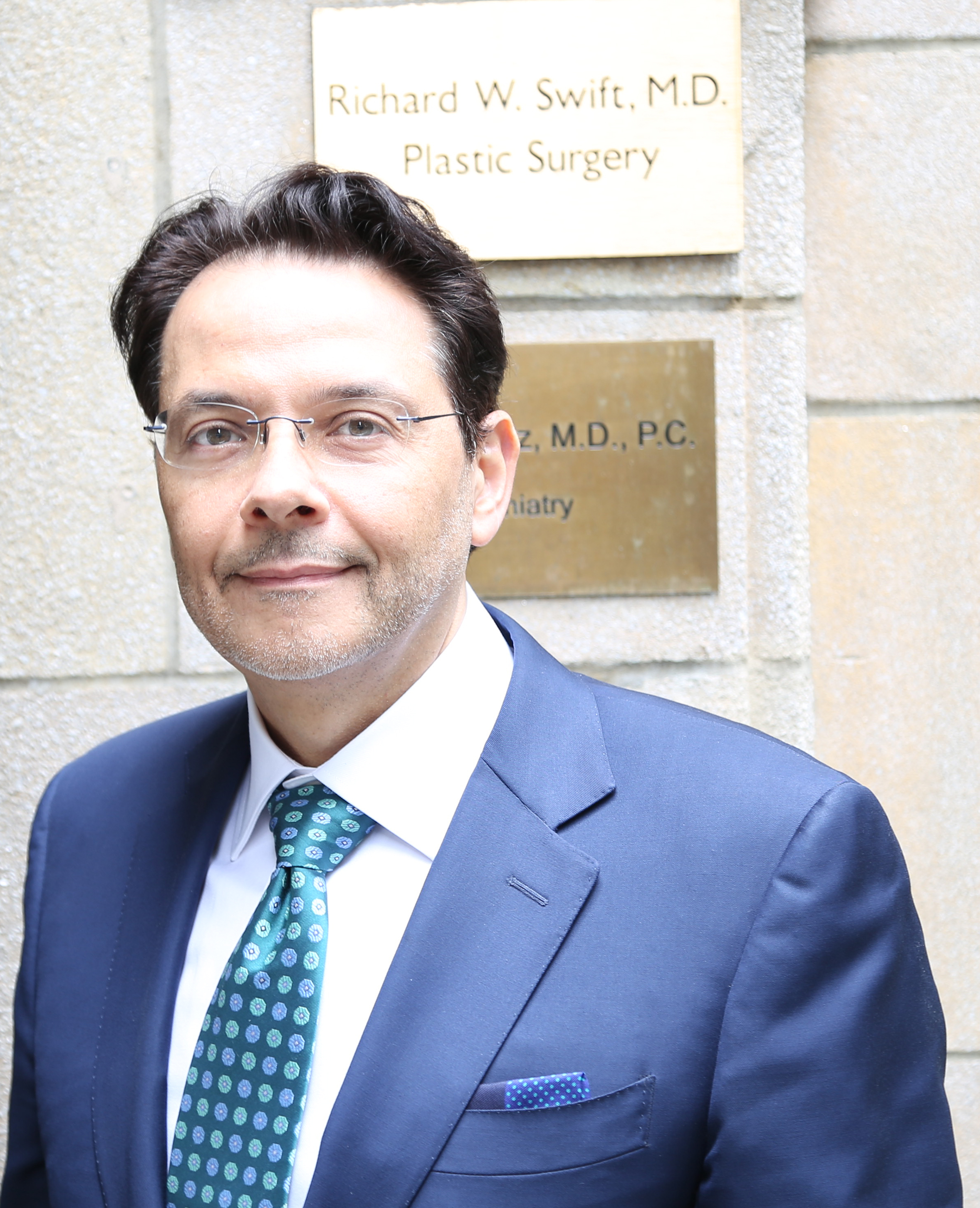3 Stages of Gynecomastia Surgery
No matter what procedure we are discussing, the fact of the matter is that when it comes to male plastic surgery, the majority of individuals are relatively confused – especially when we are discussing a procedure like gynecomastia, as in some circles it is called male breast augmentation or enhancement. Aside from making every man reading this cringe at the thought of going into an office and asking for that, this is important to understand in the end, as you should always be aware of how your body might be changing through surgical enhancement. According to Dr. Richard Swift, known to be the best plastic surgeon Midtown has in practice, as men’s plastic surgery is still nowhere near as popular as it is for the ladies, procedures like gynecomastia surgery is one of the most widely requested and popular procedures for men across the world. But despite the popularity and the extensive literature written on the subject, many men are still relatively confused and may think their best friend is going in for implants – to each their own, but that’s not exactly most men’s dream occurrence. And with the many misconceptions about the procedure, as the best plastic surgeon Midtown has in practice, Dr. Swift would like to help better educate men before they have surgery.
Gynecomastia is a condition that causes enlargement of male breast tissue. It is often a great source of shame and embarrassment for men. The numbers of men seeking out surgery for gynecomastia have continued to increase over the years. According to Dr. Swift, the best plastic surgeon Midtown men trust for such a procedure, during puberty, hormonal surges can lead to the growth of male breast tissue. In some cases, this breast tissue shrinks after puberty, but in many cases, the breasts remain enlarged. The prevalence of asymptomatic gynecomastia is 60% to 90% in children, 50% to 60% in adolescents and up to 70% in men aged 50 to 69 years. While this information is somewhat anecdotal and somewhat researched, common causes of gynecomastia include puberty, excess weight gain, use of anabolic steroids in bodybuilders and use of marijuana. A number of other medications also cause male breast enlargement.
How to Tell if You Have Gynecomastia?
While it is most common in both breasts at the same time, patients may have with asymmetric or unilateral breasts. Breast self-exams usually demonstrate a palpable, tender, firm, mobile, disc-like mound of tissue that is not as hard as breast cancer and is located centrally under the nipple-areolar complex. Often you can also see the appearance of puffiness and excess tissue at the nipple and areola area.
Gynecomastia Surgery
According to Dr. Swift, the best plastic surgeon Midtown has to offer, surgery to remove the breast tissues usually involves liposuction of the excess fat, surgical removal of the excess glandular breast tissue through an incision in the margin of the nipple-areolar complex and/or skin excision (in very large male breasts). It is important that your surgeon perform a proper physical exam of your breasts to confirm gynecomastia and rule out the suspicion for male breast cancer. Its important to understand that before surgery stop the majority of meds your on and take into account any and all hormonal factors in your life, as gynecomastia is a product of hormonal fluctuations and the presence of estrogen, female sex hormones.
Recovery After Gynecomastia Surgery
For many patients who only need liposuction to correct their enlarged male breasts, return to exercise and work is typically less than one week. For patients who need surgical removal of the excess breast tissue, it can take between two to four weeks to heal enough to tolerate routine activities. In my practice, my patients are able to go back to work after surgery at 7-10 days. They are able to get back to the gym for cardio at 2 weeks and weightlifting at 4 weeks barring complications from surgery.
For more information on gynecomastia and other male plastic surgery procedures please contact Dr. Swift today.





